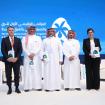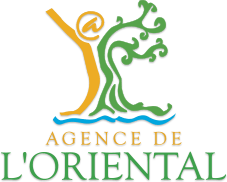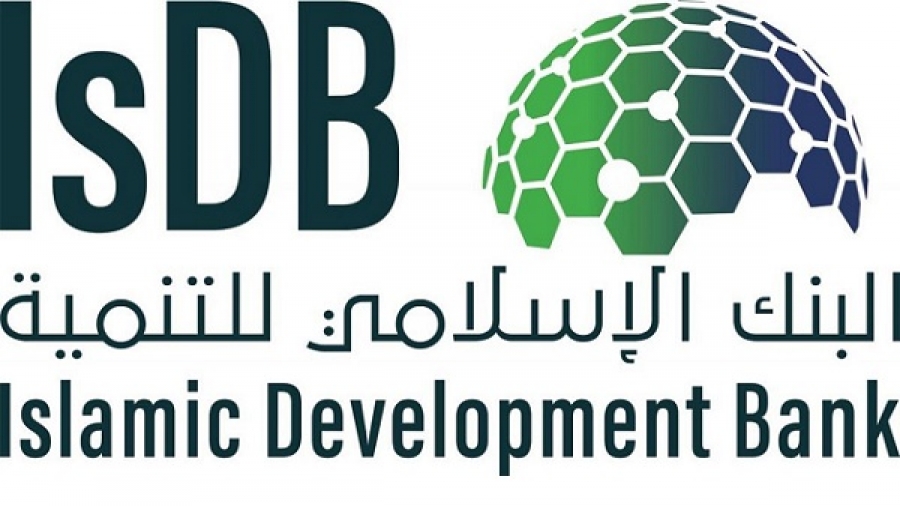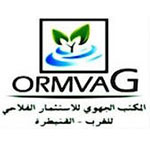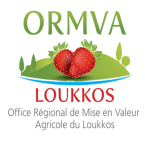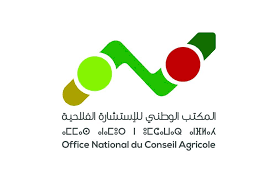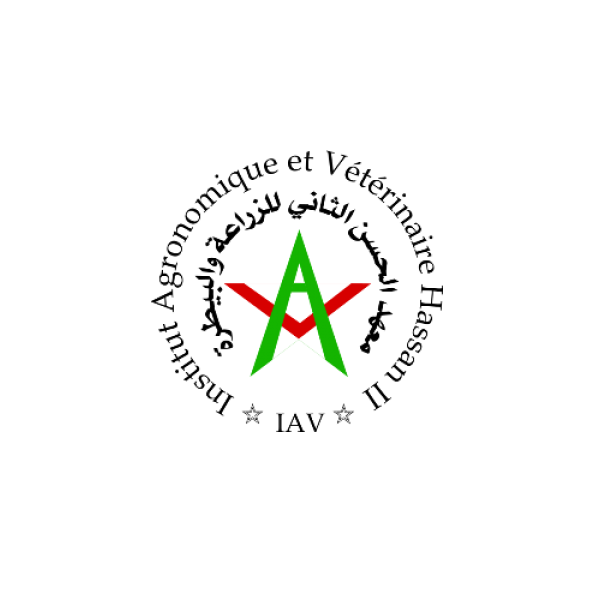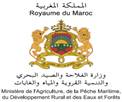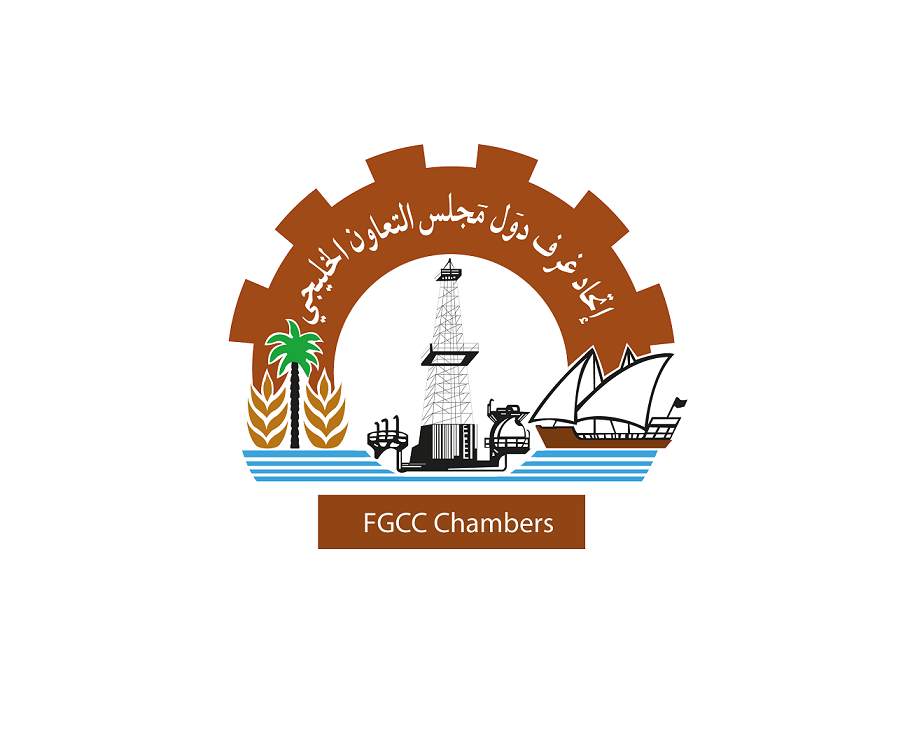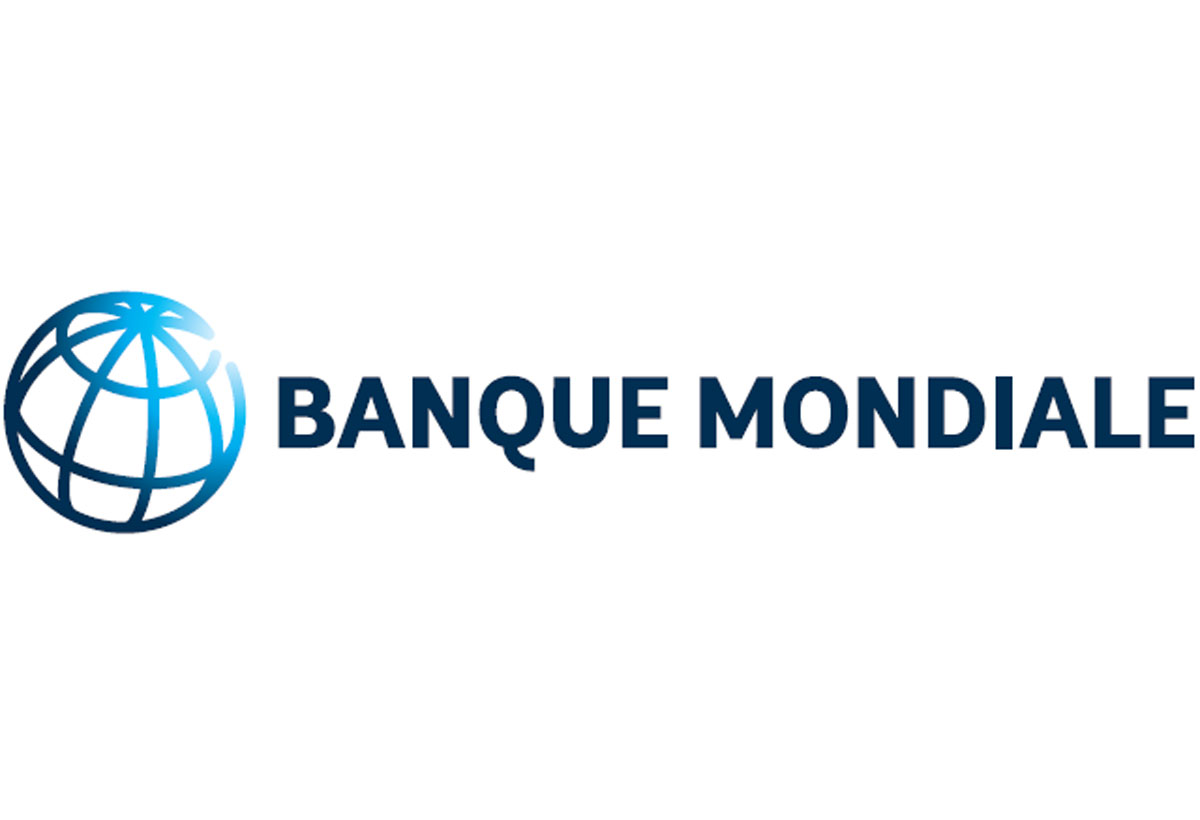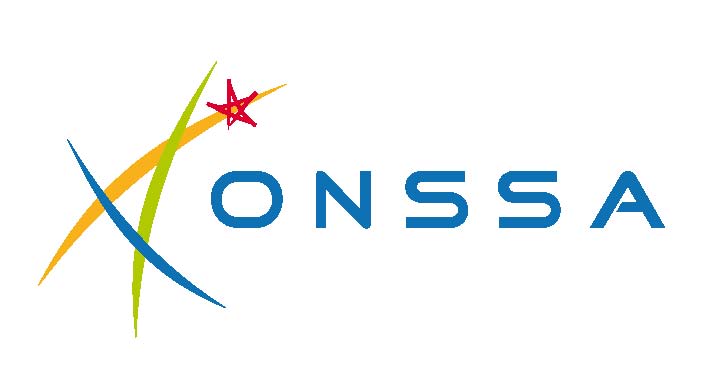Launched in April 2008 by His Majesty King Mohammed VI, the Green Morocco Plan (GMP) is an ambitious strategy that sets itself the objective of the agricultural sector and which has the real objective of promoting socio-economic development in Morocco. This strategy aims, by 2020, to fully exploit the agricultural potential of the country and aspires to double the Distribution of Gross Domestic Product (GDP), and create 1,5 million additional jobs, fight against poverty and improve the agricultural income from 2 to 3 times in favour of 3 million rural population as well as to increase the value of exports from 8 to 44 billion dirhams for the sectors where Morocco is competitive.
The PMV was based on seven foundations :
1. The first foundation is to consider agriculture as Morocco's main growth driver for the next 10 to 15 years, through the strengthening of its contribution to national GDP, creation of employment, exports and the fight against poverty.
2. The second foundation is inherent in the choice of aggregation as an innovative tool of organization intended, among other things, for a better sharing of profits in the agricultural value chain, promoting the quality of agricultural inputs, skills and technologies transfer, the creation of balanced relations between small farmers and capital markets and price stability.
3. The third foundation is related to the adoption of agriculture for all without exclusion, through the implementation of two pillars: Pillar I focuses on modern agriculture with high added value and high productivity while Pillar II concerns solidary agriculture, located in rather unfavorable areas.
4. The fourth foundation promotes the attraction of private investment of around MAD 10 billion a year via Morocco offers targeted and accompanied by public assistance.
5. The fifth foundation is the adoption of a participatory and contractual approach as a pragmatic transactional basis for achieving the identified projects. This is then placed in the context of mobilizing all relevant stakeholders, including the administration and the organizations under the supervision of Ministry of Agriculture and Marine Fisheries (MAPM), local and regional authorities, economic operators and their professional organizations.
6. The sixth foundation relates to the redesign of the sectoral framework touching on many levels: real estate, the water policy, taxation and national circuit of marketing, support, monitoring and evaluation.
- The real estate covers the private management of public and collective land, deployment of framework conditions fostering the aggregation and public-private partnership, continuation of structural reform efforts related to the registration and the recording as well as the massive acceleration of the establishment of the titles ;
- Regarding water policy, it is to introduce an incentive pricing in the private perimeters, to promote investment for better use of existing perimeters, develop delegated management of irrigation water and generalize modern irrigation techniques ;
- On the fiscal side, the establishment of an appropriate approach is targeted taking into account regional and economic characteristics of the agricultural sector by 2013 ;
- At the national market, the modernization of distribution channels is targeted through the use of large distribution and intermediary marketing formulas and through improving access to wholesale markets and slaughterhouses ;
- Finally, in terms of support, monitoring and evaluation, restructuring MAPM was made and was accompanied by the creation of new specialized structures.
7. The seventh foundation is related to the preservation of natural resources for sustainable agriculture, through :
- The implementation of projects falling within the framework of improving the resilience of agriculture to future climate change and the preservation of land and biodiversity ;
- Integration of adaptation to climate change technologies in the Green Morocco Plan( PMV) projects through the dissemination of selected and certified seeds, the use of water and soil conservation techniques and fertilization of farmlands and best agricultural practices ;
- Support for the development of renewable energy use in agriculture, particularly the solar, wind and biogas energies ;
- The establishment of the National Irrigation Water saving program ;
- Drawing up a Cultivated Soil Fertility Map for a better crop productivity at the national level ;
- The National Program for the Land capability for Agricultural crops Map for efficient use of agricultural land potential.




